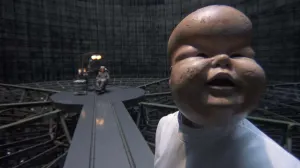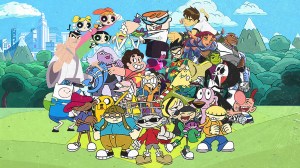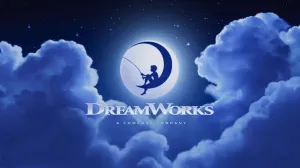If you grew up gaming in the ’90s or early 2000s, you remember the era of physical media well. The era of towering CD stacks, plastic jewel cases, and the unforgettable changes the gaming industry was going through. It was a time defined by experimentation and innovation, but also one where hardware limitations constantly shaped how we played. Even the biggest, most ambitious games had to squeeze themselves onto whatever a CD or early DVD could hold. This often led to something that modern games rarely suffer from today.
Videos by ComicBook.com
The specific struggle of multiple discs is something players seldom encounter today, and many don’t remember this at all. For those who do, the struggle was real. Back then, the larger and more cinematic a game was, the more discs it required. Final Fantasy VII was a landmark RPG, but it also came with three discs. If today’s open-world epics had launched in that era, they’d probably need four or five discs just to fit their cutscenes. And while the nostalgia is real, I’m thankful this is one piece of gaming history that didn’t survive into the modern era.
The Hassle Every 90s Gamer Still Remembers
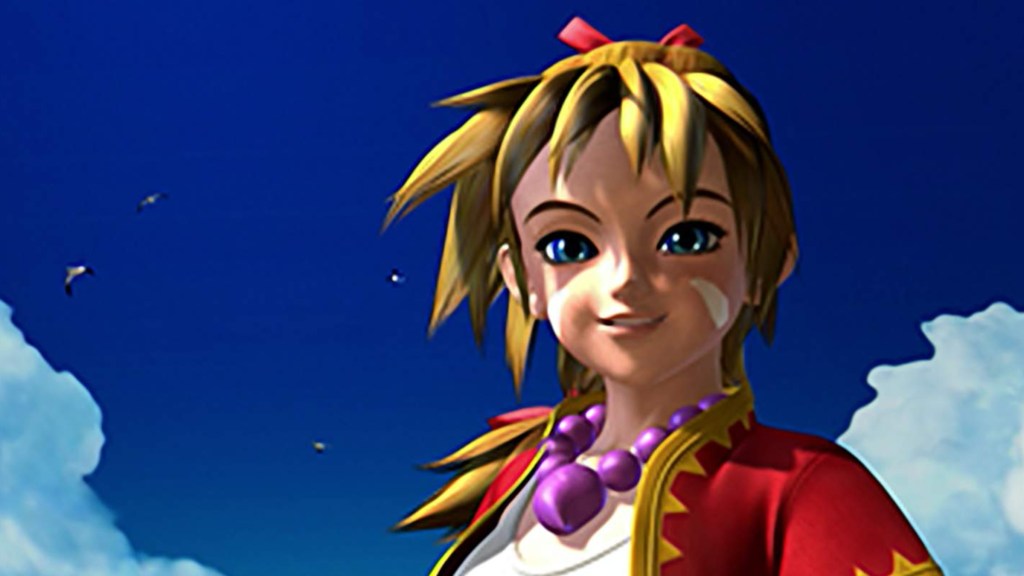
For many of us, disc swapping wasn’t just inconvenient; it was momentum-breaking. I’d settle into the couch, ready for an emotional cutscene or a big boss fight, only to see the dreaded black screen: “Please insert Disc 2.” Moments like that broke momentum, shattered immersion, and forced me to dig through my room for the right case. And if my brother had misplaced it or a friend was borrowing it? Good luck continuing the adventure.
Final Fantasy VII is the poster child for this era. While it was, and still is, one of the most influential JRPGs ever made, its three-disc structure meant your progress was literally segmented across physical media. I remember lending Disc 1 to a friend and then forgetting who had it. When I excitedly popped in Disc 2 later that week, I realized I couldn’t continue because I didn’t complete the first part like I thought. My save file stared back at me like a locked door. That was the reality of gaming’s golden age.
And then there was the fear of scratches. One tiny scuff on Disc 3 could render the endgame unplayable. RPG fans know the pain of sinking 50 hours into a story only for the disc to freeze at a climactic cutscene. When people talk about the good old days, they rarely mention this part. With so many games having multiple discs, it was more important than ever to keep track of discs and ensure each was placed in the right container.
Today’s Games Would Have Been an Absolute Nightmare Back Then
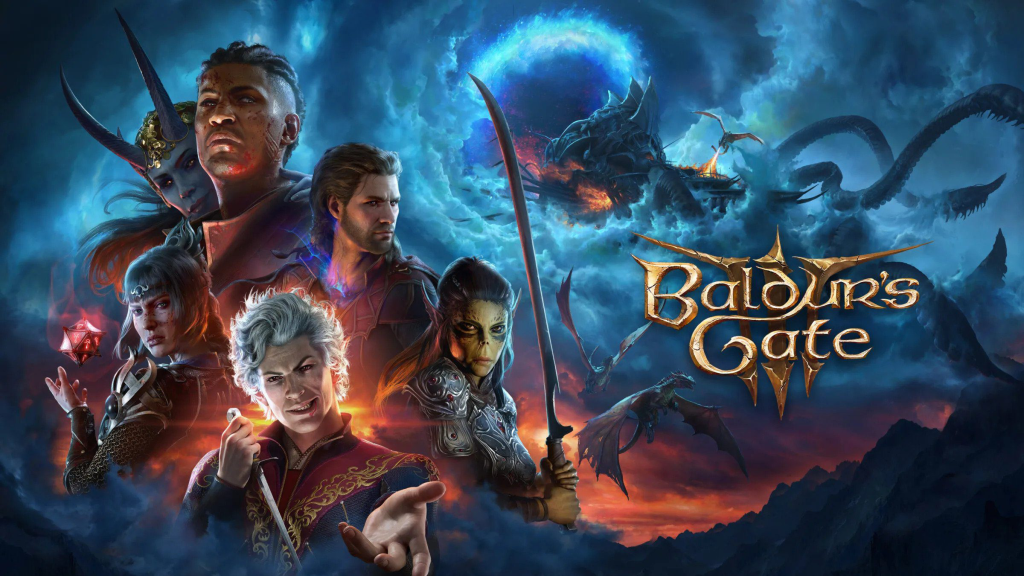
If modern titles had been released in the late ’90s, we’d be drowning in discs. Imagine swapping discs every time Baldur’s Gate 3 loaded a new region or whenever Elden Ring triggered a major cutscene. Games like Skyrim, Cyberpunk 2077, or Starfield? They’d need an entire binder of discs, maybe five, maybe ten. The sheer scale of these games would be impossible to fit on a single disc with the hardware back then.
Whenever we talk about how huge open-world games have become, it’s easy to forget that the limitations of storage once dictated everything from story pacing to level design. Developers had to plan around the disc break. Sometimes the narrative even shifted at those points, using the swap as a chapter marker. Xenogears is a classic example of what can happen when a developer doesn’t properly plan for a game’s end.
And yet, those physical limitations shaped some of the most memorable experiences in gaming history. That moment in FFVII when the story jumps from Midgar to the open world? It felt monumental, like stepping into a different game entirely. The disc change wasn’t just technical; it became emotional. But let’s be honest: no matter how romantic that sounds now, nobody really wants to go back to juggling multiple discs in 2025. Digital storefronts and massive SSDs have spoiled us in the best possible way.
Why This Gaming Struggle Needed to Stay in the Past
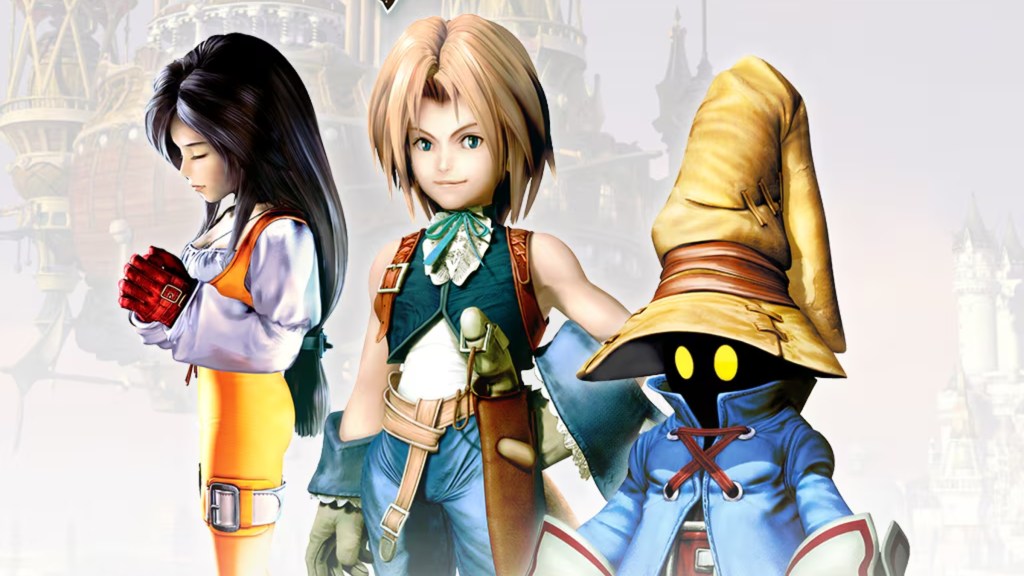
Today, we complain about large download sizes or day-one patches. But compared to losing Disc 2 or discovering a deep gouge across Disc 3, these modern issues feel manageable. Physical media hasn’t disappeared entirely, but it’s no longer the barrier it once was. Large Blu-ray discs and digital releases mean that even the biggest games arrive as a single, seamless experience. We’ve already seen the impact Nintendo’s cartridges have had on Nintendo Switch games, with some developers skimping on hardware altogether. Multiple discs would only heighten this problem.
But more importantly, there is no more disc swapping, no more panic over scratches, and no more digging through cases to find where on earth Disc 4 went. The convenience we enjoy now has fundamentally changed the gaming experience. We move instantly from cutscenes to gameplay, from area to area, without interruption. Game design no longer revolves around breaking the story into neat disc-shaped chunks. Developers can build worlds that feel whole and continuous.
At the same time, the era of multi-disc games holds a special nostalgic charm. It reminds us of how far gaming has come. It shows just how ambitious developers were, even when technology kept trying to hold them back. And it’s a reminder that the games of today stand on the shoulders of those awkwardly bulky, multi-disc giants.
What do you think? Leave a comment below and join the conversation now in the ComicBook Forum!




